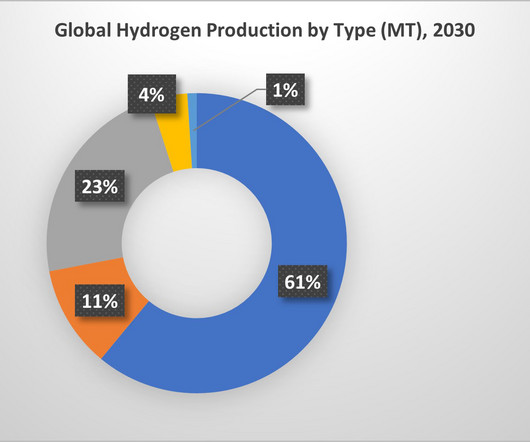Hydrogen for Decarbonization
Frost & Sullivan
SEPTEMBER 26, 2023
Hydrogen as a fuel and its role in the decarbonization of the energy sector [i] Fossil fuel consumption coupled with rising industrial activity and transportation requirements have been responsible for greenhouse gas (GHG) linked temperature rise and climate change. The country is targeting to produce 1.4 xiv] Of the total 1.4












Let's personalize your content